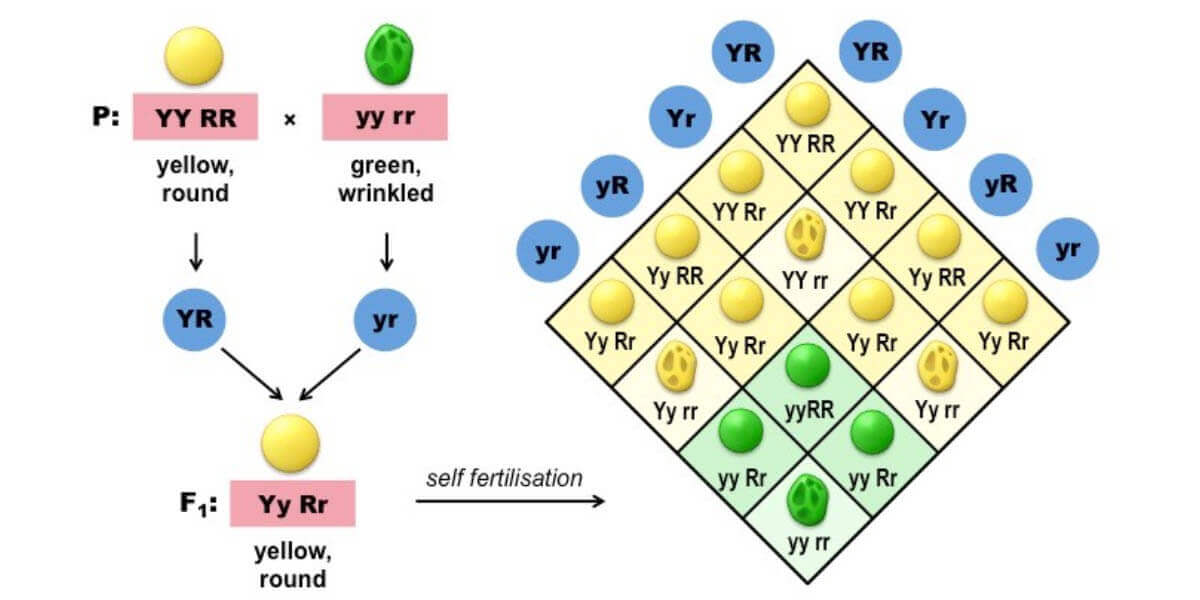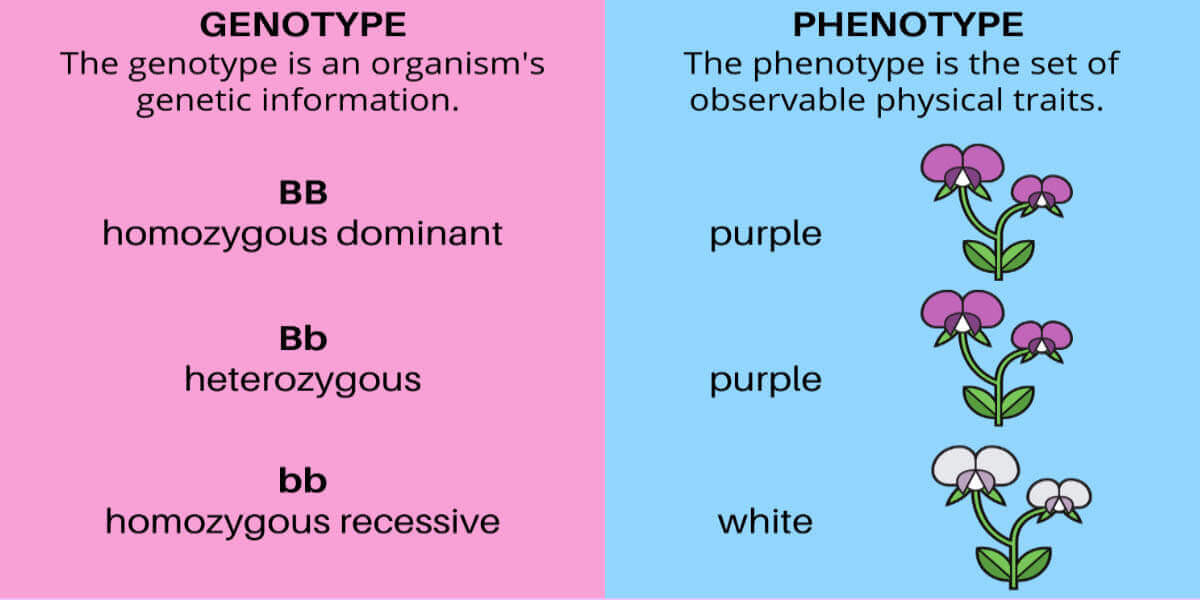The study of genes, inheritance and variations in characteristics in living things is called genetics. Genes are responsible for transferring characteristics from parents to children. There are a number of tools or scales available that predict how genes cross. Punnett square calculator is one of them which predicts how genes cross. Punnett square calculator was named after a British geneticist Reginald Punnett, who first used this calculator to predict genetic cross. Whether you’re a biologist studying complicated genetic stuff or a new biology student just starting out, learning how this calculator works, this informative guide explains everything to you.
Understanding Genetic Cross
Before going into the specifics of Punnett squares, let’s first establish the foundation for understanding genetic crosses. In genetics, a cross represents the breeding or mating of two individuals with specific traits to observe how those traits are inherited by their children. Each parent contributes a set of chromosomes to their children, resulting in unique combinations of genes. A Punnett square calculator helps us visualize these combinations and predict the likelihood of certain traits being passed down to the next generation.
What is Punnett Square?
A Punnett square is a visual representation that helps predict the possible genotypes and phenotypes (observable traits) of children resulting from a genetic cross. It allows researchers to determine the probability of specific trait combinations based on known information about parental genotypes.
Constructing a Punnett Square
To construct a Punnett square, you should begin by listing all possible gametes (sex cells) for each parent along the top and left sides of the square. Then, you fill in each cell with combinations that represent potential children genotypes.
For example, let’s consider a dihybrid cross involving two pea plants, one with round yellow peas (RRYY) and another with wrinkled green peas (rryy). The dominant alleles are represented by uppercase letters (R and Y), while recessive alleles are represented by lowercase letters (r and y). By combining the possible gametes from each parent, you can predict the children’s genotypes. In this case, there are four possible combinations: RRYy, RrYy, RRyy, and Rryy.
The Components of a Punnett Square
A Punnett square is a simple diagram divided into four squares, with each square representing one possible combination of alleles (different forms of a gene) from both parents. In other words, it shows all the possible genotypes (genetic makeup) of the kids resulting from a genetic cross. The columns and rows in Punnett square represent the alleles carried by each parent, with the mother’s alleles listed on top and the father’s alleles listed on the side.
What is Dihybrid Punnett Square Calculator
The dihybrid Punnett square calculator is an advanced form of Punnett square. In a Punnett square calculator, you can predict the outcomes of only a single gene or trait, on the other hand, with a dihybrid Punnett square calculator you can predict the genetic cross of two genes or traits simultaneously. It is used to study the inheritance of two genes that have separate pairs of homologous chromosomes. It studies the inheritance of alleles (Alternative variants of a gene) for both genes simultaneously. Dihybrid crosses are more complicated than single gene crosses because they involve a 4×4 Punnett square and in a single gene it is 2×2.
Applying the Punnett Square Calculator
Now that you understand how a Punnett square is constructed let’s explore how to use a Punnett square calculator to simplify more complex genetic crosses. These tools save time and effort by automating the calculation process.
Input Parental Genotypes
To effectively utilize a Punnett square calculator, you need to input the genotypes of both parents involved in the cross. Simply enter the combination of dominant and recessive alleles for each trait.
Specify Trait Inheritance Pattern
Specify whether the traits follow a dominant-recessive inheritance pattern or involve co-dominance or incomplete dominance. This information guides the calculator in predicting phenotypic outcomes accurately.
Generate Results
Once you’ve provided all necessary information, click on the “Calculate” button to generate results. Based on Mendelian genetics principles, the Punnett square calculator will display a grid showing all possible children genotypes and their corresponding phenotypes.
Practical Applications
Punnett square calculators have a large number of practical applications across various fields. A few of them are listed below:
Genetic Research
In genetics research, scientists use Punnett squares to study inherited diseases, track genetic disorders through generations, and make predictions about potential outcomes in breeding programs for agricultural or conservation purposes.
Selective Breeding
Breeders employ Punnett squares to determine the likelihood of certain desirable traits appearing in offspring. This information helps them to make informed decisions regarding which individuals to breed, optimizing the chances of producing animals or plants with specific characteristics.
Educational Aid
Punnett squares serve as valuable educational tools for biology students. By offering a visual representation of genetic inheritance patterns, Punnett squares enable students to grasp complex concepts easily and apply them to real-world scenarios.
Difference b/w Genotype and Phenotype
Phenotype and genotype may sound the same but they are totally different from one another. We’ll discuss how they are different from one another.
Genotype
As you know, DNA is made up of genes that contain necessary information and determine characteristics. The genotype concept also refers to a set of genes that determines the characteristics of individuals. In simple terms, genotypes contain the hereditary information of living things that remain the same throughout life. It is present inside the genetic material and transferred from parents to children. Genotypes can be determined by scientific methods like polymerase chain reactions. Examples of genotypes are blood group, height, skin color, eye color and genetic diseases.
Phenotype
The phenotype is a set of observable traits of a living organism. A phenotype is not only observable characteristics but also refers to groups of molecules and structures like DNA, RNA and proteins which are called molecular phenotypes. It represents external appearance, and these are not inherited from parents to children. Phenotypes can be determined by observing living organisms, and it is affected by environmental conditions and genotypes. Examples of phenotypes are weight, physique etc.
Final Verdicts
Punnett Square Calculator makes figuring out what trait babies might have from their parents really easy. By understanding the basics of constructing a Punnett square and utilizing it, you can unravel the mysteries hidden within the DNA and gain insight into the inheritance patterns that shape life. So, take advantage of this amazing instrument at your disposal, explore the possibilities, and get a deeper grasp of genetics.






